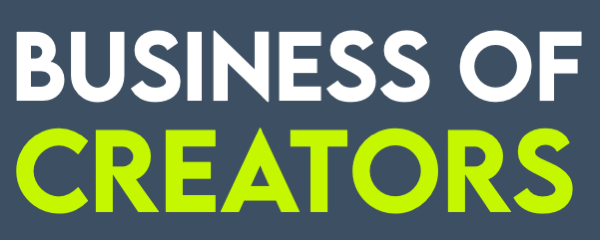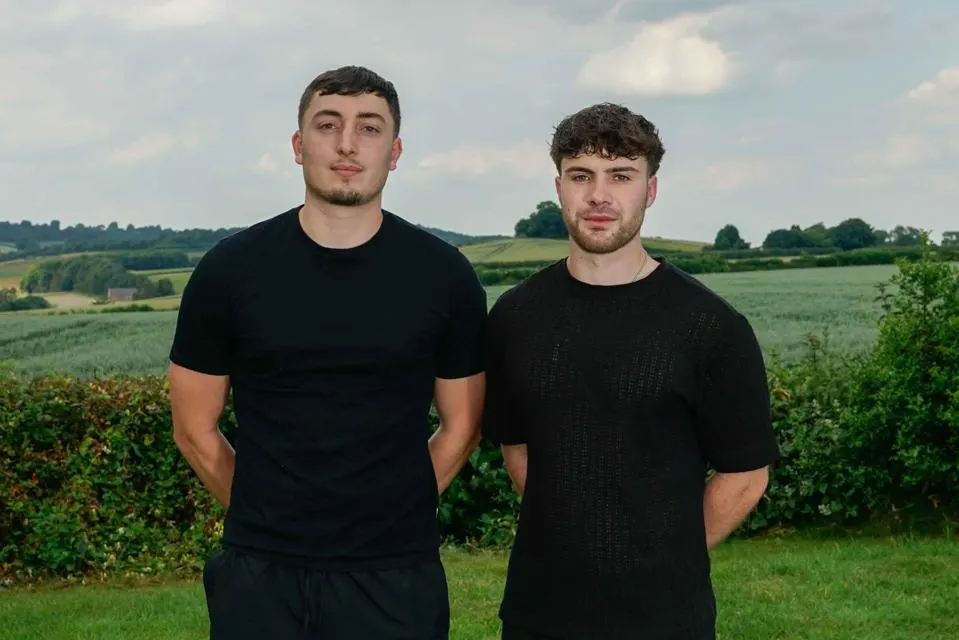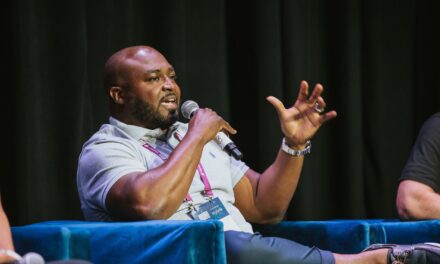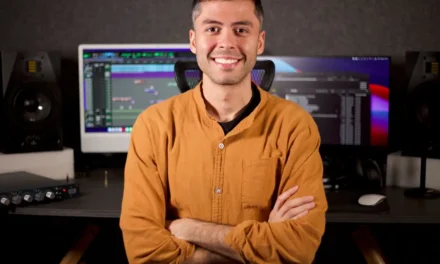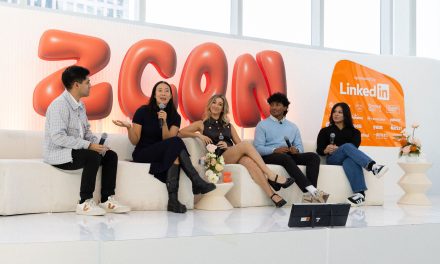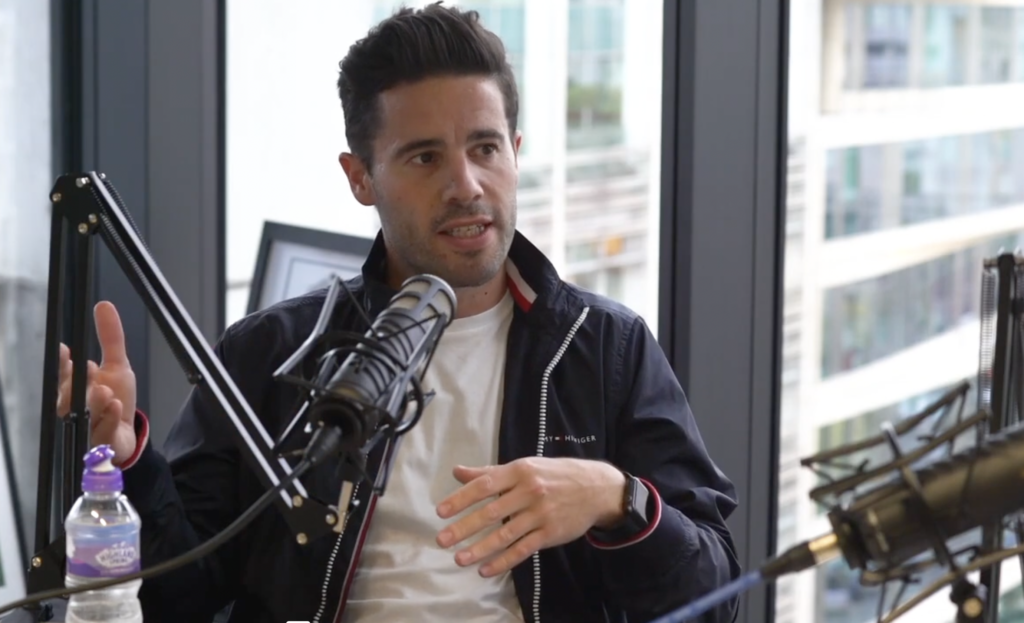From meme pages to media empire: Inside the Gen Z content machine reaching billions of views every month.
Kit Childers and Iyrah Williams were just 14 when they started posting football memes for fun. Today, they run Pubity Group, the world’s largest Gen Z social publisher: an ecosystem of 20 pages, 100+ employees, and brand partnerships with the likes of Subway, GymShark, Hinge, and the White House.
What started as a hobby in their bedrooms has become a blueprint for how to build a data-driven, community-first media business in the creator economy.
From Football Memes to Millions of Followers
The Pubity story began in 2014, when Kit Childers was recovering from a football injury and started experimenting with Instagram.
“I was at home, injured during the World Cup, and I just thought—why not give this a go?” he recalls. Posting 10–20 times a day, he quickly grew a following. “It just felt like a game. The more I posted, the more likes I got. I became addicted.”
He soon pulled in his best friend, Iyrah Williams, who launched Simply Football Memes. By 2016, the duo had built football-themed accounts with millions of followers.
Behind the scenes, they were reverse-engineering the Instagram algorithm before most marketers even realized one existed.
“Even back then, the algorithm was changing every three to six months. We learned to adapt, fast.” – Iyrah Williams
Their relentless content optimization caught the attention of LADbible, who DMed them out of the blue. At just 16 years old, Kit and Iyrah moved from Worcester to Manchester to join the media giant while still in the middle of their GCSEs.
Lessons from the LADbible Era
Working at LADbible exposed them to the inner workings of large-scale publishing and monetization.
They learned about:
- Brand safety: “You can ruin a relationship with your audience from a single bad post,” says Kit.
- Campaign packaging: Iyrah noted that until then, their idea of a brand deal was “someone DMing us to do a post for £500.”
- Business potential: “It showed us that you could actually build a company around a social audience.”
After 18 months, they left to launch their own media group, armed with a vision and experience most 18-year-olds couldn’t dream of.
Building Pubity Group: A Creator-First Business Model
What followed was the rapid rise of Pubity Group, an umbrella for 20 high-performing Instagram pages spanning entertainment, memes, AI, news, and even dad jokes.
Their approach was refreshingly focused:
- Audience first: Every post is crafted with the community in mind. “We’re in the comments every single day,” says Iyrah. “We want to know what people are actually saying.”
- Delayed gratification: “We turned down brand deals if they didn’t align,” says Kit. “Long-term trust was more valuable than short-term money.”
- Global team of creators: Many of their hires were other small-page admins around the world. “They weren’t making enough to live on, so we offered them roles,” says Kit. “Now we’ve got creators working with us in India, Nigeria, Europe, and the US.”
“Everyone is just on it. It’s like a global group chat of hyper-talented people.” – Kit Childers
How Pubity Monetizes: Brand Deals, Campaigns, and Scale
Pubity Group now works with some of the biggest brands on the planet, thanks to their ability to make sponsored content feel native, funny, and shareable.
Campaigns range from meme integrations with Hinge (running monthly since 2019) to original production work with GymShark and Visit Dubai.
“It’s a win-win-win: good for the audience, good for the brand, and good for us.” – Iyrah Williams
And while many creators focus on one platform, Pubity’s diversified model (20 pages across niches) gives them a unique edge in the algorithm arms race. Their Instagram-first strategy is now expanding into original content and U.S. market growth.
How They Track Trends and Stay Ahead of Algorithms
Despite the scale, Pubity still operates with the agility of a startup. Every decision is data-informed but always audience-tested.
- Trial and error: They monitor post performance within 5–10 minutes of publishing.
- Comment sentiment: They read feedback manually to catch tone and reactions fast.
- Cross-page analysis: With 20+ accounts, trend shifts are immediately visible.
“We knew Reels were big early. Instagram was pushing reach, and we leaned all the way in.” – Kit Childers
Advice for Aspiring Creators and Media Founders
So what would they tell their 14-year-old selves, or any new creator trying to break through today?
- Start with something you actually care about
“Don’t chase trends. Find a niche you love,” says Kit. “We saw friends try to copy us with football pages, but they didn’t even like football.” - Consistency is everything
Before they ever made money, Kit and Iyrah spent 6–12 months posting relentlessly. - Use data to improve, not just measure
“If a video does well, figure out why,” says Kit. “What was the retention rate? What were the comments saying?” - Don’t overlook small niches
“You can make content about anything now,” Iyrah adds. “There’s an audience out there for it.”
What’s Next: Going Global
The next frontier for Pubity is America.
With the majority of their audience based in the U.S., they’re building teams on the ground and exploring more original content formats: interviews, series, and bespoke branded content.
“We’ll always have a place in the UK,” Kit says. “But the opportunity in the U.S. is just too big to ignore.”
Final Takeaway
What Kit Childers and Iyrah Williams have built isn’t just impressive because of their age. It’s impressive because of their clarity.
They’ve stayed relentlessly focused on building a business around community, data, and trust. In a creator economy obsessed with virality, Pubity is proof that long-term thinking still wins.
“No niche is too small. No creator is too young. And no brand is too big if you put your audience first.”
